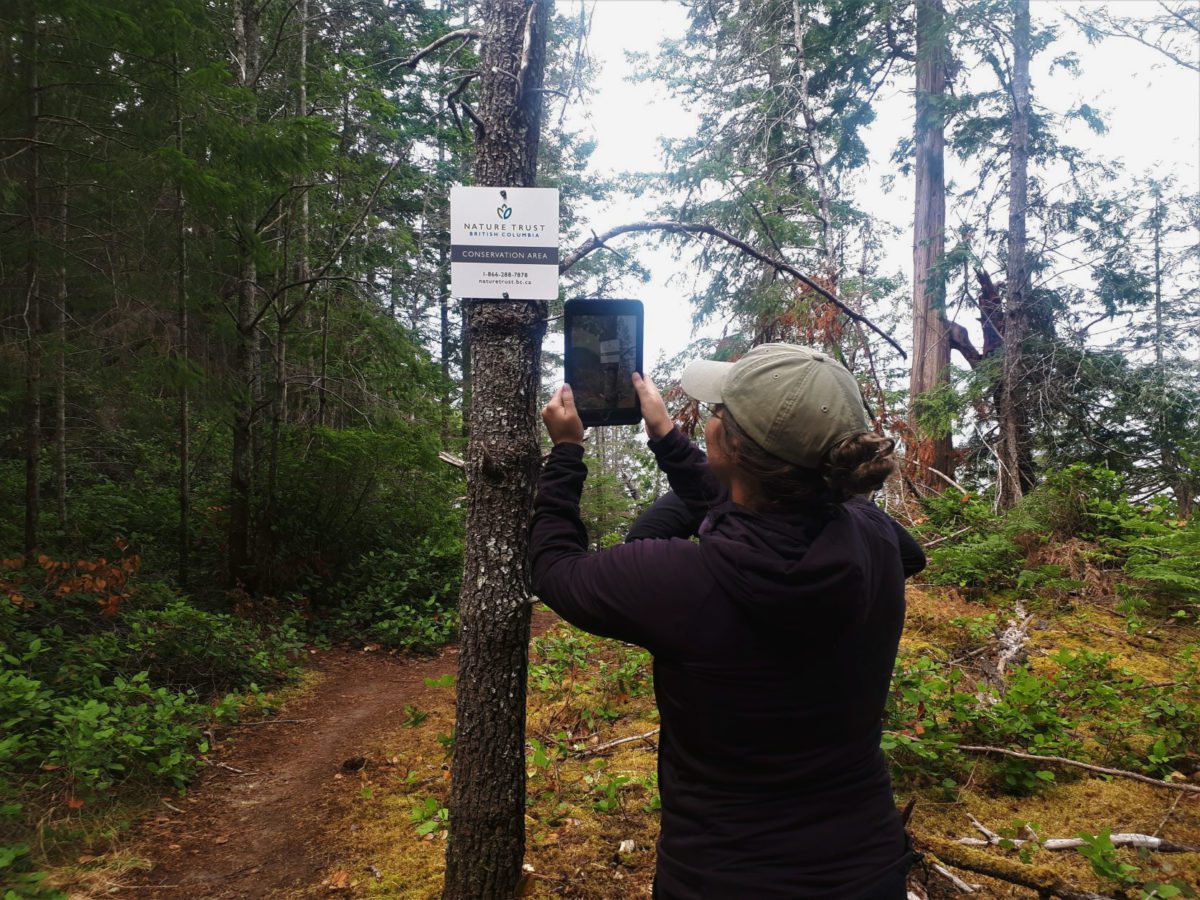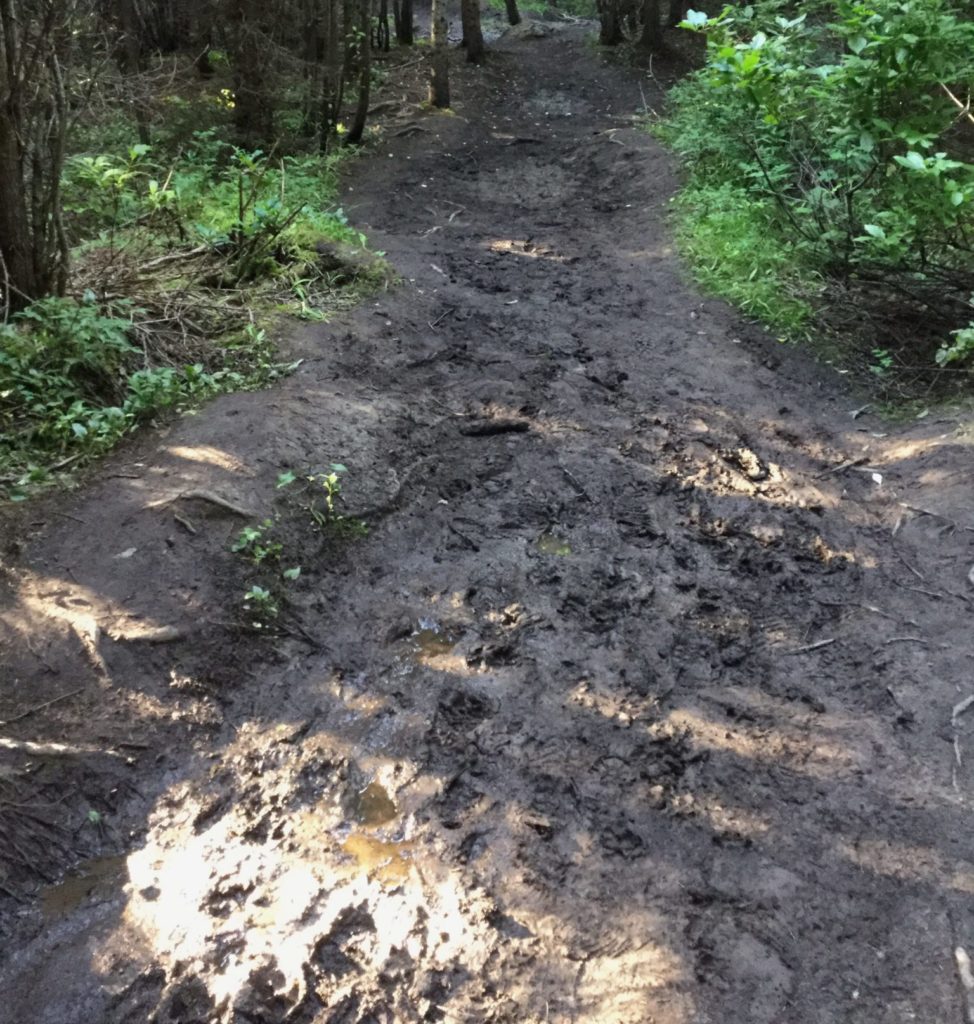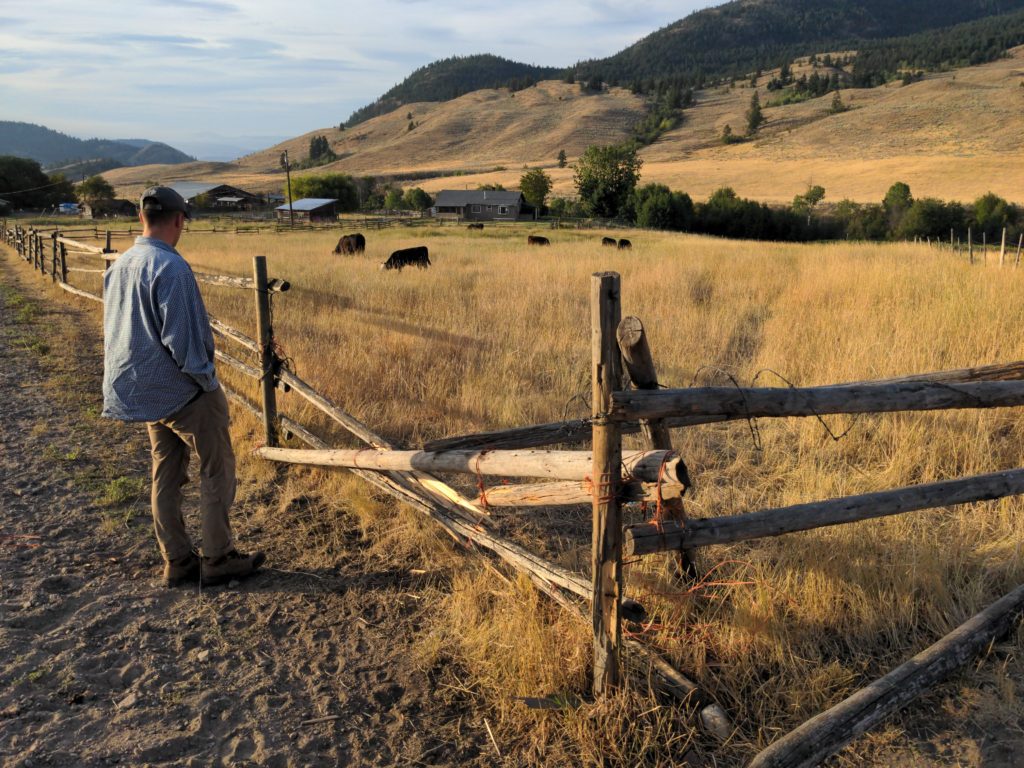
As a land trust, we often get asked why some of our properties allow for recreation while others do not. Because each of our properties has its own unique variety of habitats and species, they all require different levels of management and care. Some properties can sustain certain kinds of recreation with minimal impact to the land and ecosystems, while other properties are far more sensitive to the presence of people. Protecting species and ecosystems is the key priority for our conservation efforts.
It is important to remember that conservation areas are not parks. They have been selected for conservation for their ecological value – many contain rare and endangered ecosystems, plants and animals. These areas are managed to give these species a chance to flourish with as little disturbance as possible.
But we also understand the importance of giving people the opportunity to get outdoors and enjoy the natural beauty of our amazing province. There are many people who don’t have sufficient access to the outdoors, negatively impacting their physical and mental health. Research has shown that park visitation, fishing, camping, and outdoor play has substantially declined among children over recent decades. Meanwhile, significant amounts of research have demonstrated the benefits of nature on our mental and physical health, including reduced stress, better sleep, reduced depression and anxiety, lower blood pressure, improved child development, and reduced obesity and diabetes, among others.
The Nature Trust has to balance the need for outdoor recreation with its conservation goals. Unfortunately, outdoor recreation can have negative effects on the environment. Everything from our direct physical contact with the soil to side effects from our presence can become serious issues.
Trampling and soil disturbance are major issues in conservation areas. As humans move through nature, they can damage the mainly organic top soil layer, called the “organic horizon”. As the organic horizon is pressed, the soil loses its ability to absorb water and retain moisture and increases runoff and nutrient loss. The impact of trampling is more apparent on vegetation, which can get broken and destroyed as people leave the designated trails. Disturbance of soils leaves space for invasive plants to take root and displace native plants, reducing habitat integrity for wildlife.
There are further impacts of recreation on wildlife. Habitat destruction reduces an animal’s ability to meet its basic survival needs. For example, the construction of a trail can fragment the habitats of small animals, reducing the space in which their populations can thrive and leading to decline. Pollutants, litter, or food left by visitors can have devastating consequences, such as dangerous animals getting acclimated to human food. As bears get used to the presence of humans and to eating human food, they lose their fear of people, increasing the likelihood of unwanted or dangerous interactions – often resulting in the animal ending up having to be removed. Direct animal-human encounters can also affect their migration patterns.
This is why The Nature Trust of BC has some properties where recreation is allowed and others where the land is left to wildlife. Land conservation is a balancing act between the interests of people and the interests of nature itself. It is so important for people to have the chance to get outside and appreciate the natural world, but this need must be balanced against the possibility of damage to natural environments. This is why The Nature Trust is committed to sound land management.
With good knowledge and intent, land conservation can help us protect nature and allow for outdoor recreation where appropriate. This is why, on properties that are open to public recreation, we require people to stick to the marked trails, to travel on foot only, to keep their dogs on leash, and not to litter. All of these practices can help ensure that we are respecting the land and disturbing it as little as possible with our presence.
